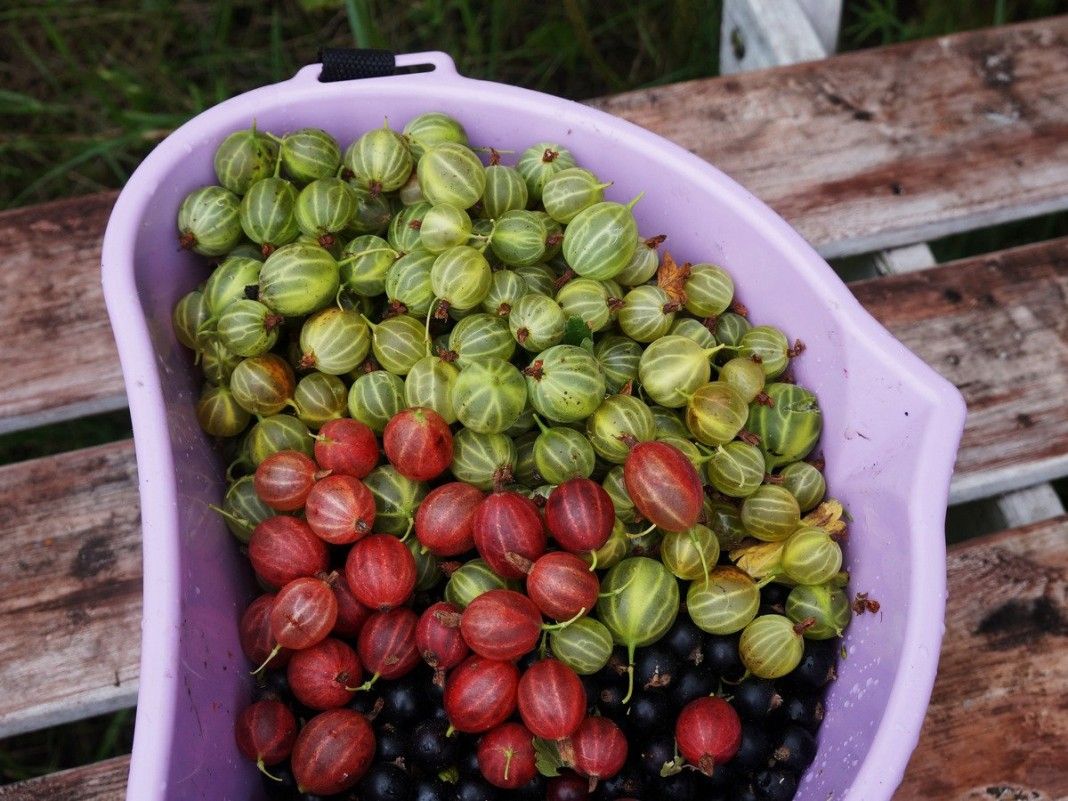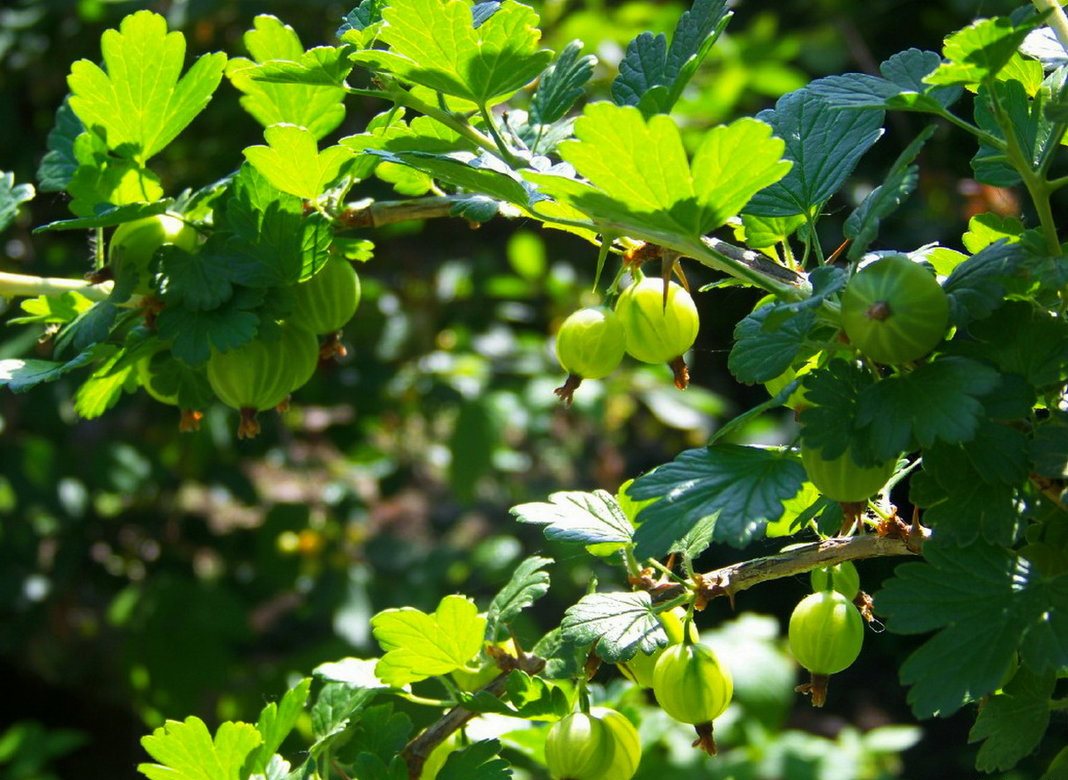Gooseberry
Gooseberries: breeding methods and their effectiveness
Gooseberries, which have become permanent inhabitants of private plots, like any other culture, require care. The importance of adequate watering, timely weeding and loosening of the soil, and proper fertilization is essential. But when planting gooseberries, it is worth remembering that over time, there may be a need for reproduction of this shrub.
Gooseberries: planting site, pit and seedling preparation, planting scheme and planting instructions
Gooseberry Malachite: a well-deserved technical grade
Gooseberry was recently called the northern grape: it is a cold-resistant crop growing in most of the territory of Russia. Recently, numerous new varieties have appeared, among them there are studless ones, but the "old guard" is still in service. One of the well-deserved varieties that have not lost their importance is Malachite.




